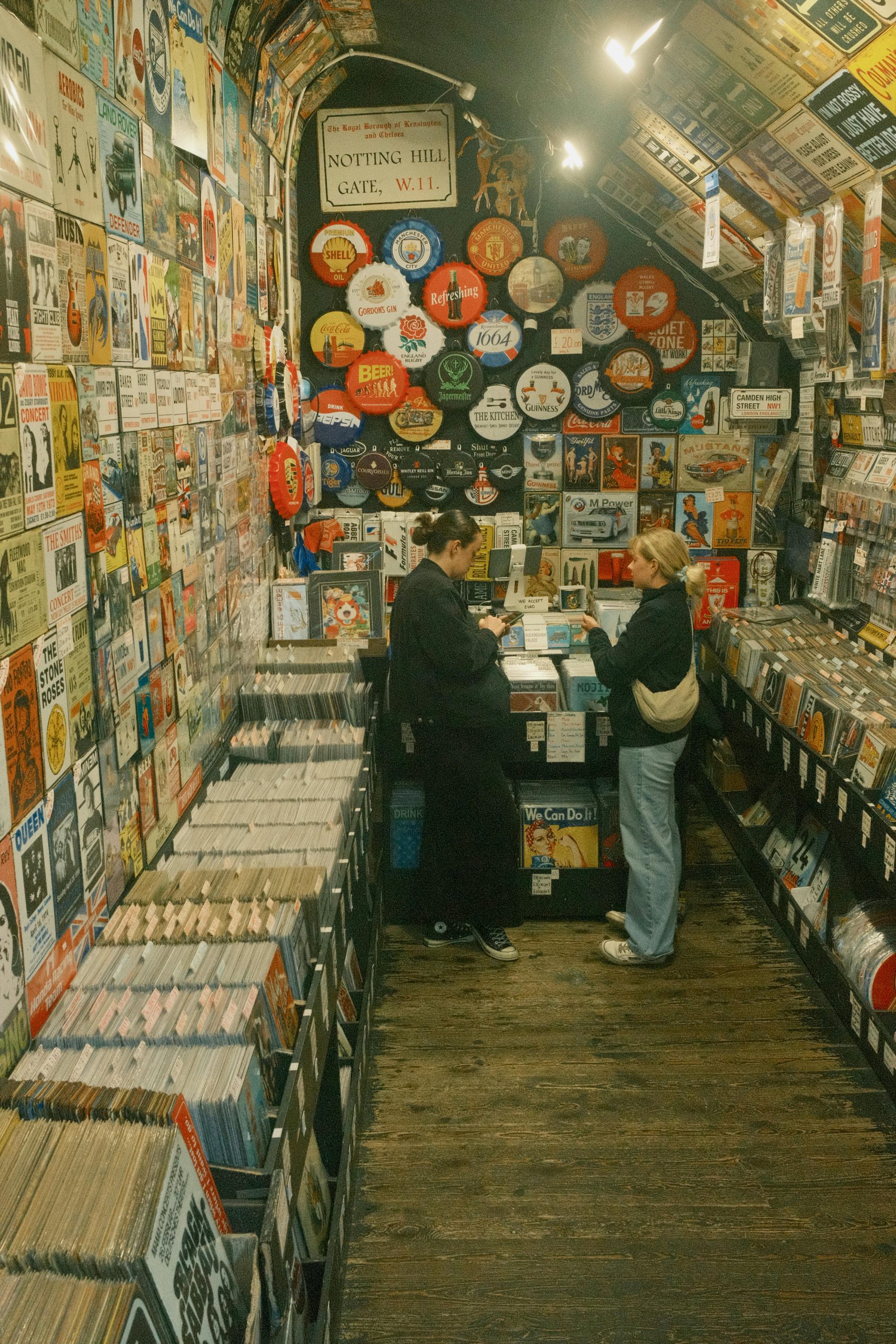Title: Exploring London in the Late 1970s and Early 1980s: A Cultural and Social Snapshot
The late 1970s and early 1980s marked a transformative period in London’s rich history, characterized by a vibrant music scene, shifting social dynamics, and a city in the midst of change. This era, particularly known for the rise of punk and new wave movements, left a lasting impact on London’s cultural landscape and continues to influence the city’s identity today.
A Hub for Musical Innovation
During this period, London emerged as the epicenter of groundbreaking musical styles. The punk movement, epitomized by bands such as The Clash and The Sex Pistols, challenged conventional norms and expressed youthful rebellion. Simultaneously, the new wave scene, featuring influential artists like The Jam and Elvis Costello, introduced a more diverse and experimental approach to rock music. Venues across the city, from iconic clubs to smaller underground spaces, became gathering spots for musicians and fans alike, fostering a creative and energetic atmosphere.
London’s Social Environment
The city during this time was marked by economic challenges and social upheaval, which served as both a backdrop and inspiration for the youth-led cultural revolutions. While parts of London experienced decline and hardship, these conditions also fostered a sense of resilience and community among its inhabitants. The punk ethos of DIY and anti-establishment sentiments resonated deeply within the city’s various neighborhoods.
Tourism and Safety Considerations
Compared to today’s bustling tourism industry, London in the late 1970s and early 1980s was considerably less crowded with international visitors. This more subdued tourist presence allowed for a different urban experience—one that was perhaps more accessible to locals and those seeking the raw energy of the city’s emerging music scenes. However, it’s important to note that certain areas of London could be gritty and, at times, unsafe, reflecting the broader economic and social struggles of the era. Yet, many residents and visitors found a unique charm in the city’s authenticity and unpolished character during these years.
A Legacy of Cultural Transformation
Overall, London during the late 1970s and early 1980s was a city of contrasts—vibrant yet challenging, revolutionary yet rooted in tradition. Its dynamic music scene played a pivotal role in shaping contemporary culture, serving as a voice for a generation navigating economic difficulties and social change. Today, the legacy of this era remains palpable in London’s eclectic neighborhoods, music history, and


Absolutely fascinating insight into London’s transformative years!
Having lived through the late 1970s and early 1980s in London, I can say that this era truly was a crucible of cultural innovation and resilience. The rise of punk and new wave not only challenged musical conventions but also reflected the social and economic struggles faced by the city’s inhabitants.
I believe it’s important to also highlight how this period fostered a strong sense of community among Youths, artists, and early activists who used music and art as forms of expression and resistance. Venues like the Roxy and the 100 Club became more than just places to hear music—they were safe havens for subcultures to thrive and voice their perspectives.
Additionally, the economic decline and social upheaval were tangible in everyday life, but they also spurred a DIY attitude that persisted in London’s creative scene for decades to come. Walking through neighborhoods like Camden during that time was like witnessing a living, breathing rebellion—something I think helped forge the city’s reputation as a hub of innovation and individuality.
Overall, this era’s influence is evident today—not just in music and fashion, but also in London’s ongoing spirit of grit, originality, and diversity. It’s a reminder of how adversity can catalyze meaningful cultural change.
This post beautifully captures the essence of London during a pivotal period in its history. I’d like to add that the late 70s and early 80s also saw the rise of DIY culture beyond music, influencing fashion, art, and even grassroots activism across the city. This was a time when local communities took creative control amidst economic hardships, leading to an authentic and resilient city identity.
Additionally, the punk movement’s anti-establishment ethos significantly impacted social attitudes, inspiring a generation to challenge authority and question societal norms. The legacy of these attitudes can still be felt today in London’s vibrant arts and activist communities.
For those interested, exploring neighborhoods like Camden and Brixton today offers a glimpse into how these historic cultural trends have evolved and persisted, blending the rebellious spirit with contemporary diversity and innovation.
Overall, this era was undeniably formative in shaping London into the dynamic metropolis it is today—rich in history, resilience, and creative energy.